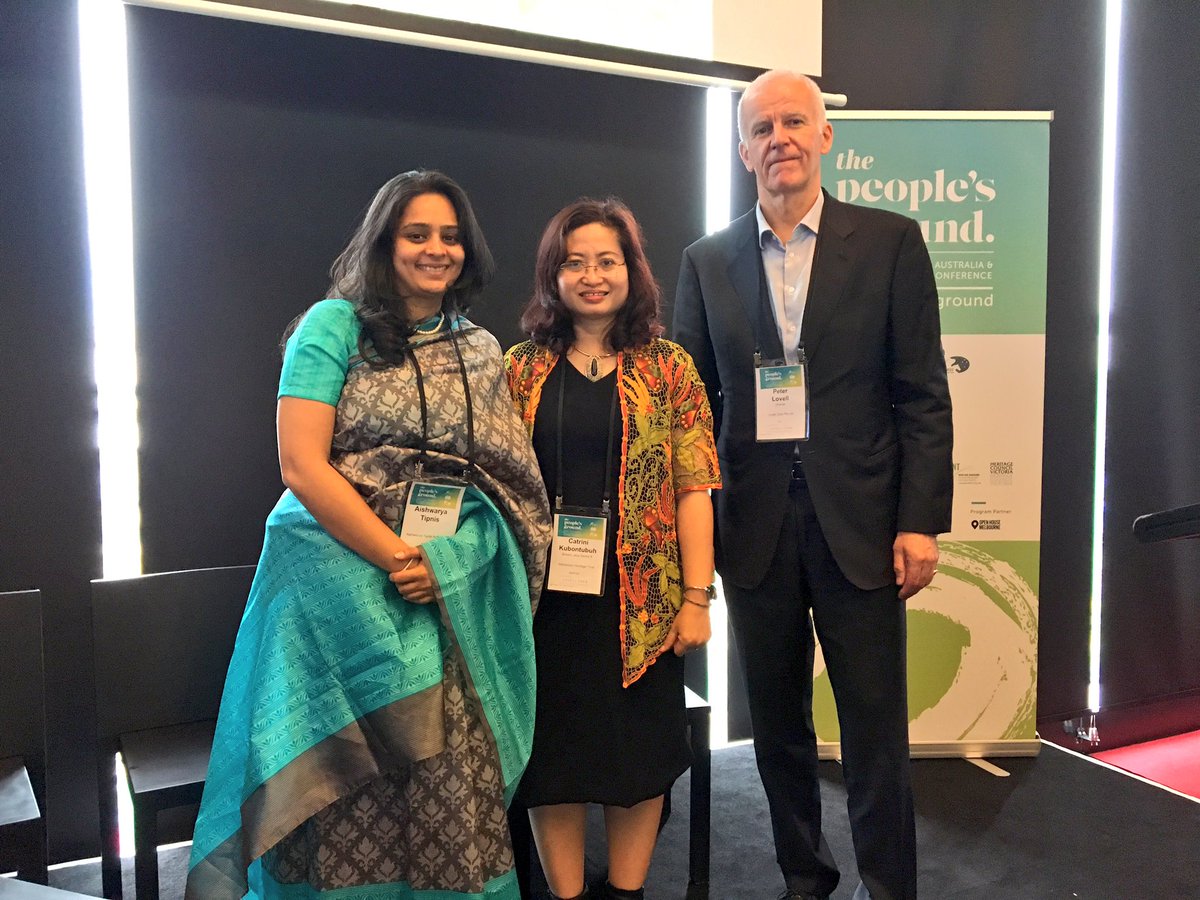 NEW DELHI: As a student of architecture, her focus on restoration and adaptive reuse of historic buildings was met with skepticism, but Aishwarya Tipnis still managed to carve a niche for herself in the field of urban conservation.
NEW DELHI: As a student of architecture, her focus on restoration and adaptive reuse of historic buildings was met with skepticism, but Aishwarya Tipnis still managed to carve a niche for herself in the field of urban conservation.
Her conservation projects, including at a fort in Madhya Pradesh and at Doon School, Dehradun, earned her recognition from UNESCO in 2016. And recently she was conferred the top French cultural award – Chevalier de l’Ordre des Arts et Lettres.
The architect from Delhi appears poised for an even bigger role. She considers urban planners and restoration professionals as a bridge between the past and the future.
But was her journey to the top easy?
“While I was studying at the School of Planning and Architecture (SPA) here, I chose to focus on conservation and reuse of historic structures, while all my classmates were busy designing new, swanky buildings,” Tipnis recalled.
“Needless to say, it was met with a lot of skepticism, as conservation architects were stereotyped more as ‘activists’ rather than professionals.”
At 37, she is one of the youngest conservation architects in a field that is itself very young in India.
The French government said Tipnis was conferred the award for her “outstanding commitment” to preservation of the French heritage in India.
Tipnis hopes her achievement and the honor will inspire more architects to take up urban conservation, as so many old buildings in the country were in direct need of preservation.
Vikas Dilawari, a Mumbai-based conservation architect, said restoration and urban conservation were “alien terms” when he was in college pursuing education in architecture.
“Many government agencies and private owners still think demolition and construction is the way forward. They don’t even think of the aesthetics at stake, let alone the rich dividends restoration can pay off to them,” he said.
Dilawari, now 52, said he fought off a similar image problem during his college days, about 30 years ago.
“I had drawn up a restoration plan for the iconic Crawford Market for my project while most of my colleagues ‘demolished’ it to propose a new building. You can imagine, whose idea was received better,” he said.
That, however, didn’t discourage him.
After finishing his Masters in building conservation from the University of York, Dilawari has restored some of the iconic buildings in Mumbai in the past 20 years and picked up a number of awards along the way.
In November, his work on restoration of the more than 180-year-old Christ Church in Byculla won him the Award of Merit from UNESCO, while the conservation of the nearly 150-year-old Wellington Fountain and another fountain in Mumbai earned him Honorable Mention in the reckoning.
But he’s happy that the society is beginning to see the merit in conservation, unlike in the West, where restoration is more part of a legal framework and a larger cultural ethos.
“My own family thinks I do crazy things, tinker with ruins of old buildings. Because, as a society we have not been taught to respect built heritage or admire its value, sometimes not even when it has been lost to decay or demolition,” Dilawari rued.
Busting the myth about restoration, Tipnis said: “Heritage conservation isn’t just about old buildings, it is about the people who lived then and who live now.”
“It is not only about rescuing historic structures, it is about restoring and creating an entire ecosystem that is self-sustainable,” she asserted.-PTI







